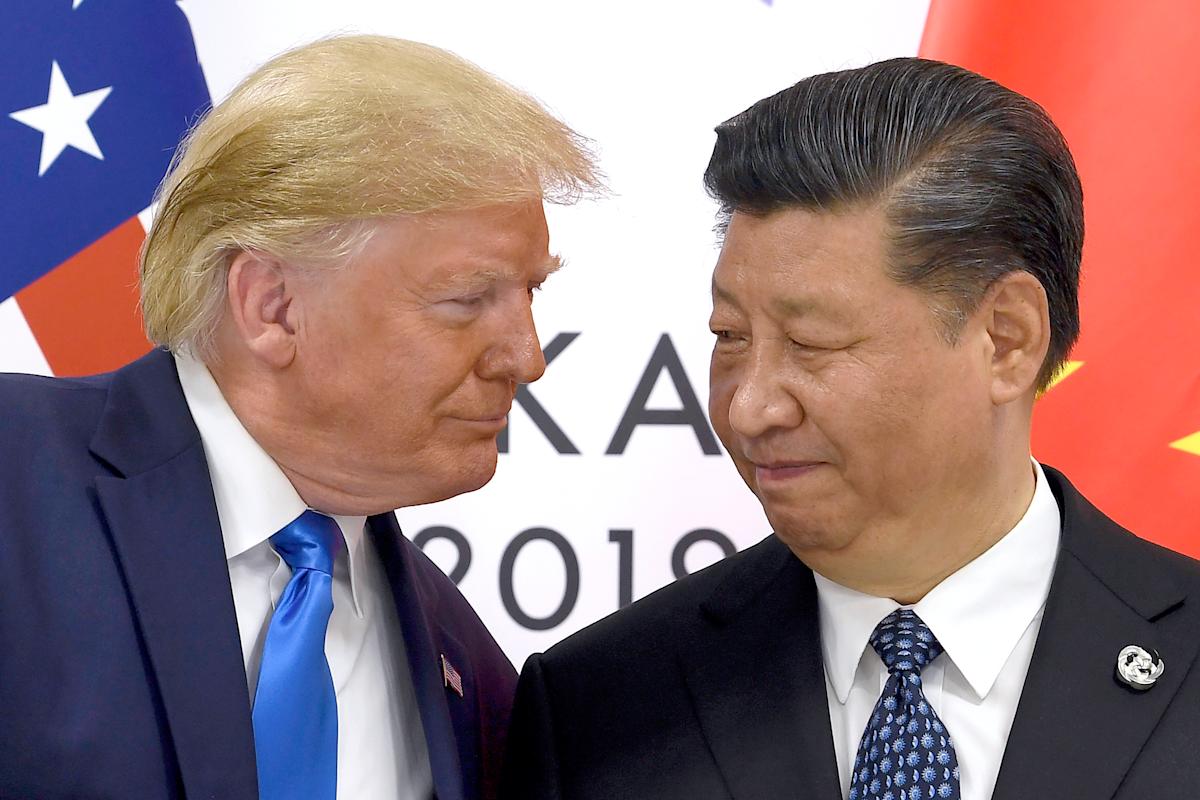The US is considering curbs on software-related exports to China, Reuters reported Wednesday, adding another layer of uncertainty to trade negotiations between the countries.
The move could make good on President Trump’s vague threat to impose export curbs on “any and all critical software,” in addition to additional 100% tariffs, from Nov. 1, after China moved restrict exports of rare earth minerals.
The US and China have seen their fragile trade relationship wobble further in recent weeks, with Trump confirming last week that the countries are in a trade war. The countries are set to hold talks later this week before Trump and Xi meet.
Trump predicted on Tuesday that an upcoming meeting between the US and China’s leader Xi Jinping would “yield a good deal” on trade — even as he mused about whether such a meeting will actually happen.
“I have a good relationship with President Xi, I expect to be able to make a good deal with him,” Trump said.
Trump has floated a list of demands for China talks, citing rare earths, fentanyl, and soybeans as his top issues to address with Beijing.
The administration is also seeking potential cudgels. In a move that analysts said was aimed squarely at China, Trump and Australian Prime Minister Anthony Albanese on Monday signed a deal that the White House said would help supply the US with the critical minerals.
Read more: What Trump’s tariffs mean for the economy and your wallet
The US and India are nearing a trade deal which could see tariffs on New Delhi cut to 15%-16% from their current 50% level, according to a report.
The White House is easing tariffs on the US auto industry, delivering a major win for carmakers who have lobbied to reduce the fallout from higher import duties.
Trump is stepping up attacks on US trading partners over drug pricing and is preparing a probe, which could lead to new tariffs.
Americans are set to pay more than half of President Trump’s tariffs as companies raise prices, according to Goldman Sachs.
Early next month, the US Supreme Court is set to hear a challenge to Trump’s most sweeping tariffs — the “reciprocal” country-by-country duties that you can see in the graphic above. A ruling against the tariffs — which would be in line with lower-court decisions — could have significant ramifications for Trump’s tariff strategy.
New duties on kitchen cabinets and vanities took effect Oct. 1.
Tariffs on timber and certain wood products (like furniture) took effect Oct. 14.
LIVE 68 updates

